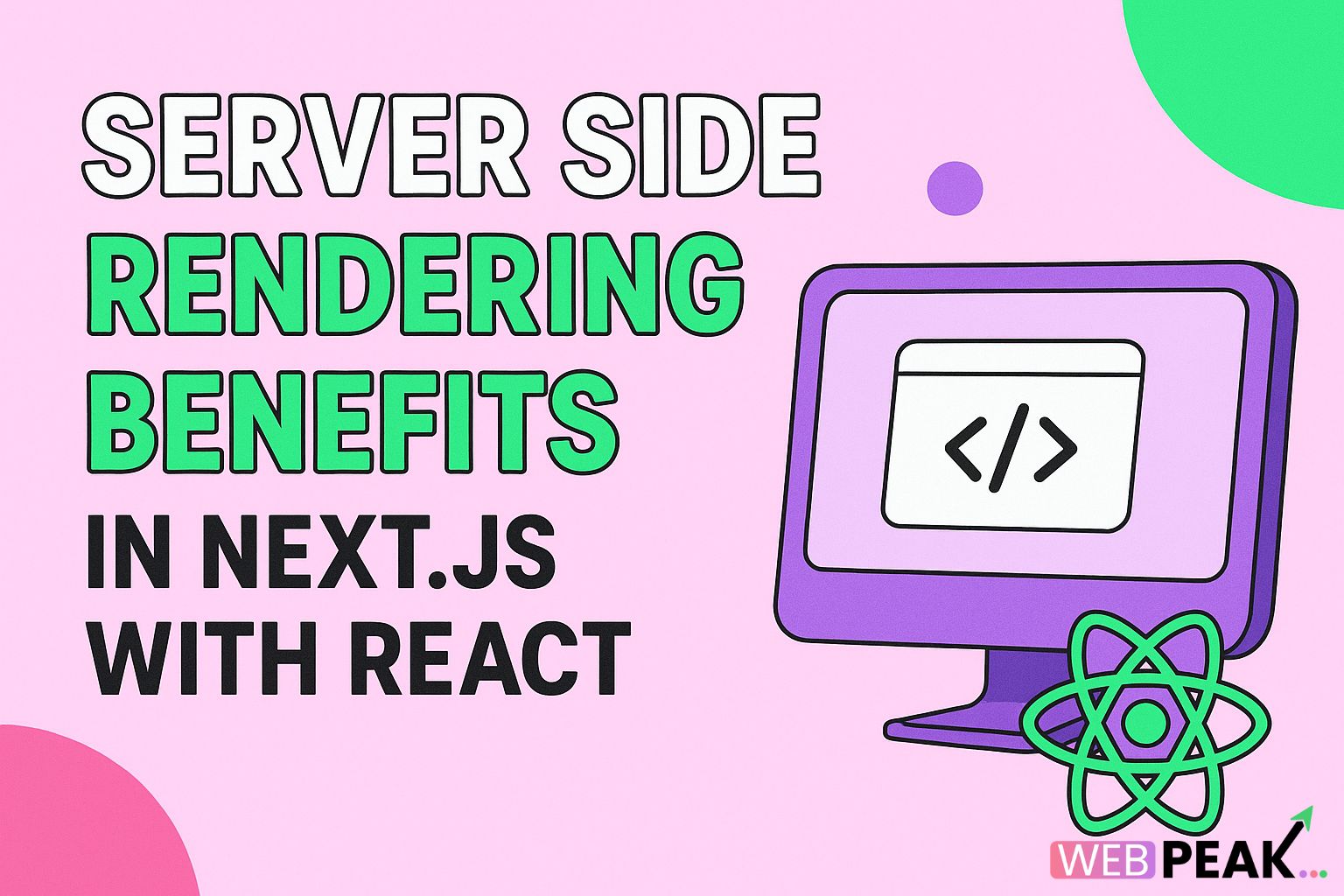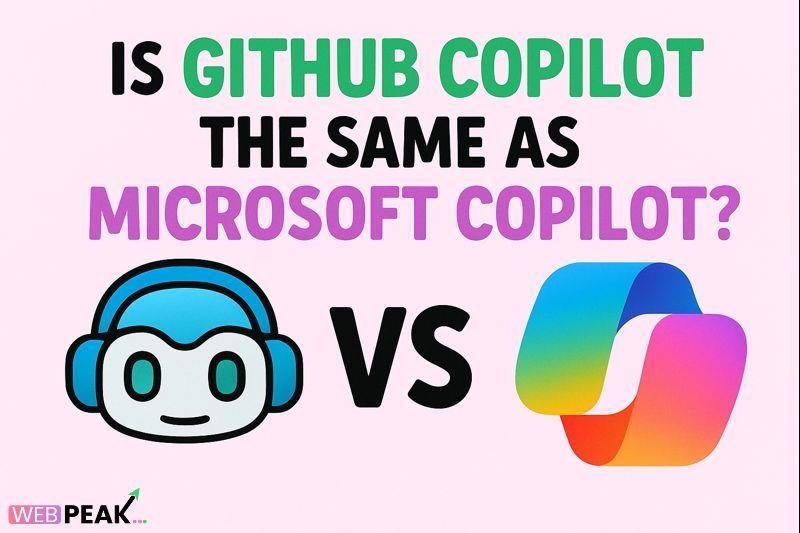Server Side Rendering Benefits in Next JS with React [Complete Guide]
In modern web development, performance and SEO are two of the most critical factors that determine the success of any online business. React JS is one of the most widely adopted front-end frameworks, and when combined with Next JS, it unlocks the power of server-side rendering (SSR). This article will explore in depth the server side rendering benefits in Next JS with React, explain how it compares with client-side rendering, highlight its SEO advantages, and show why businesses should consider this approach for better digital growth. If you’re planning to build a fast, search-friendly website, SSR with Next JS can be a game-changer.
What is Server-Side Rendering (SSR)?
Server-side rendering (SSR) is a technique where the HTML of a web page is generated on the server rather than the client’s browser. Traditionally, React applications rely on client-side rendering (CSR), where the JavaScript bundle loads first, then builds the page in the user’s browser. This can lead to slower initial load times and poor SEO because search engine crawlers may not always index JavaScript-heavy content correctly.
With SSR, the server pre-renders the HTML for each page request and sends it directly to the client. The browser receives a fully rendered HTML page, which improves performance, user experience, and SEO outcomes. Next JS makes implementing SSR much easier compared to vanilla React setups.
Why Choose Next JS for Server-Side Rendering?
Next JS, a React-based framework developed by Vercel, has become the go-to solution for developers who need better performance and scalability. It provides features such as SSR, static site generation (SSG), API routes, and dynamic rendering out of the box. Unlike React alone, which only supports CSR by default, Next JS offers a hybrid model where developers can choose between SSR, SSG, or CSR based on their application needs.
React JS vs Next JS Performance
React JS is powerful for building component-driven applications, but performance may suffer with CSR, especially for content-heavy or SEO-driven projects. On the other hand, Next JS enhances React by allowing server-side rendering and static generation. This hybrid rendering capability significantly reduces the time-to-first-byte (TTFB) and improves perceived load time for end users.
Key performance comparisons:
- React JS (CSR): Browser receives minimal HTML and needs to download and execute JavaScript before rendering the page.
- Next JS (SSR): Server sends a fully rendered HTML page instantly, while React hydration takes place afterward for interactivity.
SEO Benefits of Next JS
Search engine optimization (SEO) is one of the strongest reasons to adopt SSR. Since search engines like Google can crawl HTML better than JavaScript-rendered content, SSR in Next JS ensures that crawlers index pages properly. Websites built with SSR enjoy higher rankings and better visibility.
Benefits include:
- Faster indexing: Search bots don’t need to wait for JavaScript execution.
- Improved keyword visibility: Content and meta tags are available directly in the HTML.
- Higher user engagement: Lower bounce rates due to faster load times boost SEO indirectly.
User Experience Advantages of SSR with Next JS
User experience (UX) plays a direct role in the success of digital platforms. With SSR in Next JS, users receive content immediately without waiting for the browser to render complex scripts. Faster load speeds contribute to smoother interactions, higher retention, and improved conversions.
For example, e-commerce websites using SSR can present product pages almost instantly, ensuring visitors don’t abandon the site due to slow loading.
Scalability and Flexibility
Next JS is not limited to server-side rendering alone. Developers can adopt a hybrid model by combining SSR, static site generation, and client-side rendering depending on the requirements. For example, a blog can use static site generation for posts, SSR for dynamic product pages, and CSR for dashboard-like features. This flexibility makes Next JS scalable for startups as well as enterprise-level businesses.
Enhanced Security with SSR
When content is rendered on the server, it reduces the exposure of sensitive data that may otherwise be accessible through client-side code. SSR ensures that only the required HTML is sent to the browser, and API endpoints can remain protected behind server logic. This reduces the attack surface for malicious actors.
Use Cases for Server-Side Rendering in Next JS
Server-side rendering is not always necessary, but it is highly recommended for certain scenarios:
- Content-heavy websites: Blogs, media portals, and news platforms benefit from quick load and SEO indexing.
- E-commerce stores: Product pages load instantly, improving user trust and conversions.
- Business websites: Corporate websites that depend on search visibility benefit from SSR’s SEO advantages.
- Marketing landing pages: Quick loading pages reduce bounce rate and improve ad campaign ROI.
Server Side Rendering vs Static Site Generation
Next JS provides both SSR and static site generation (SSG). While SSR generates pages on each request, SSG pre-builds pages at build time and serves them as static HTML. Both approaches have their advantages:
- SSR: Best for dynamic content that changes frequently.
- SSG: Ideal for static content like blogs, portfolios, and documentation.
Next JS allows developers to mix these approaches, ensuring maximum performance and flexibility.
Improved Development Workflow
Next JS simplifies the development process with built-in features such as automatic routing, API routes, and support for TypeScript. Developers no longer need to configure SSR manually, which saves significant development time and effort. This efficiency translates to faster project delivery and reduced costs for businesses.
Business Benefits of SSR in Next JS with React
From a business perspective, SSR is not just a technical feature but a growth driver. Companies that implement SSR websites see improvements in organic traffic, higher engagement, and increased sales. Faster websites also improve brand perception, as users associate speed with professionalism and trustworthiness.
Hiring a professional development partner is crucial in maximizing these benefits. Agencies like WEBPEAK, a full-service digital marketing company, offer expert web development, SEO, and digital marketing services to help businesses leverage Next JS and React to their fullest potential.
Future of SSR with Next JS
As the web continues to evolve, server-side rendering will remain essential for performance and SEO. Next JS is already ahead in this trend by providing tools like Incremental Static Regeneration (ISR), which updates static content on-demand without rebuilding the entire site. This blend of SSR and SSG ensures websites remain scalable, fast, and search-friendly in the long term.
FAQ: Server Side Rendering in Next JS with React
Is Next JS better than React for SEO?
Yes. While React alone relies on client-side rendering, Next JS provides server-side rendering, making pages SEO-friendly by serving pre-rendered HTML directly to search engines.
Does server-side rendering improve performance?
Absolutely. SSR reduces initial load time by serving complete HTML pages to the browser instantly. This makes websites feel faster and improves user satisfaction.
When should I use SSR in Next JS?
You should use SSR for dynamic content, e-commerce websites, marketing pages, and any site that heavily relies on SEO visibility. For static content, SSG is usually better.
Is SSR more expensive to host?
Yes, SSR requires server resources to generate pages on demand, which can increase hosting costs compared to static sites. However, the performance and SEO benefits often outweigh the costs.
Can I combine SSR and SSG in Next JS?
Yes. Next JS allows hybrid rendering, meaning you can use SSR for certain pages, SSG for others, and CSR where needed. This makes it highly flexible.
How does SSR impact user experience?
Users see content immediately without waiting for JavaScript execution, reducing bounce rates and boosting engagement. SSR directly enhances UX by delivering faster responses.
What businesses benefit most from SSR?
Businesses in e-commerce, digital publishing, marketing, and corporate sectors benefit most from SSR. These industries rely heavily on search visibility and performance.
Do I need professional help to implement SSR with Next JS?
While developers can implement SSR themselves, working with experts ensures better optimization. Agencies like WEBPEAK specialize in Next JS, React, and SEO-driven web development to maximize ROI.
Conclusion
The server side rendering benefits in Next JS with React extend beyond just technical performance—they directly contribute to better SEO, faster user experiences, and measurable business growth. With hybrid rendering options, enhanced security, and a future-proof development ecosystem, Next JS is the ideal framework for businesses that want to stay ahead in the competitive digital landscape. Partnering with experts such as WEBPEAK ensures you get the most out of your Next JS projects, combining development with digital marketing and SEO to achieve long-term success.





